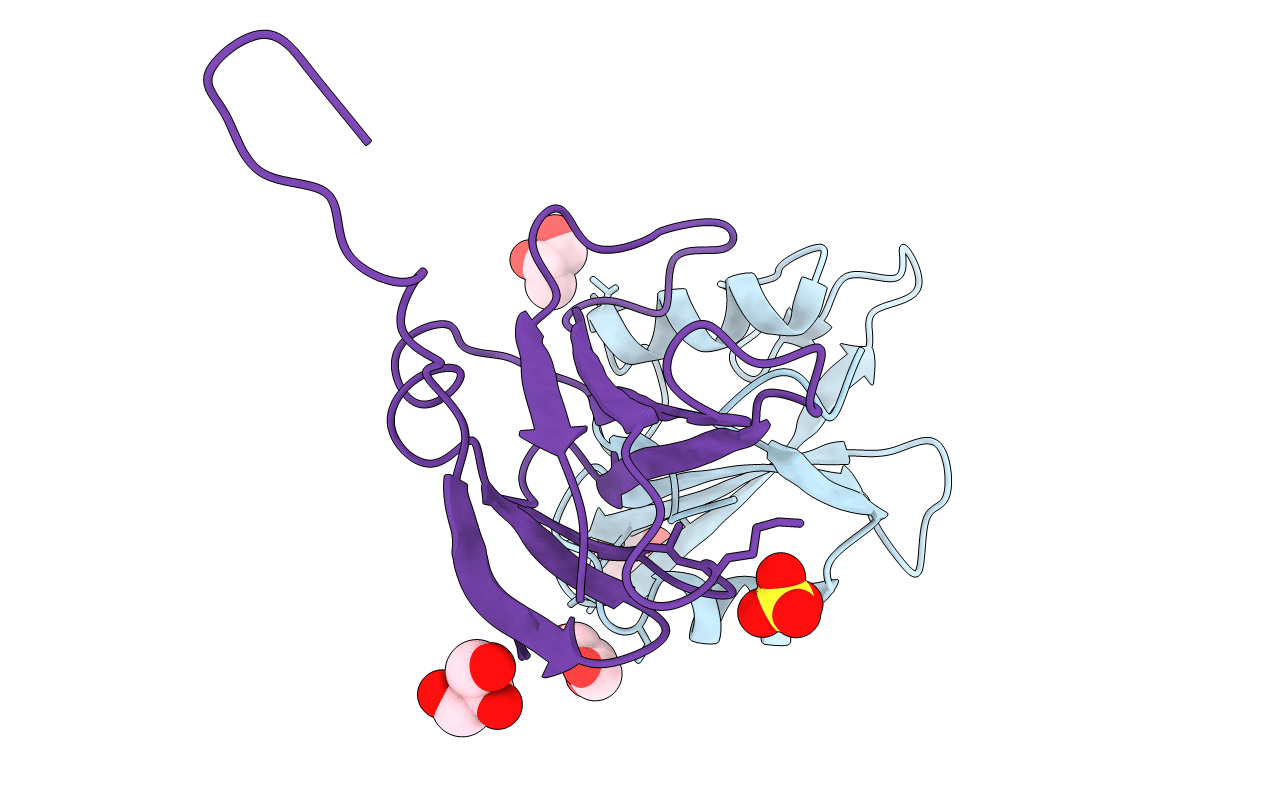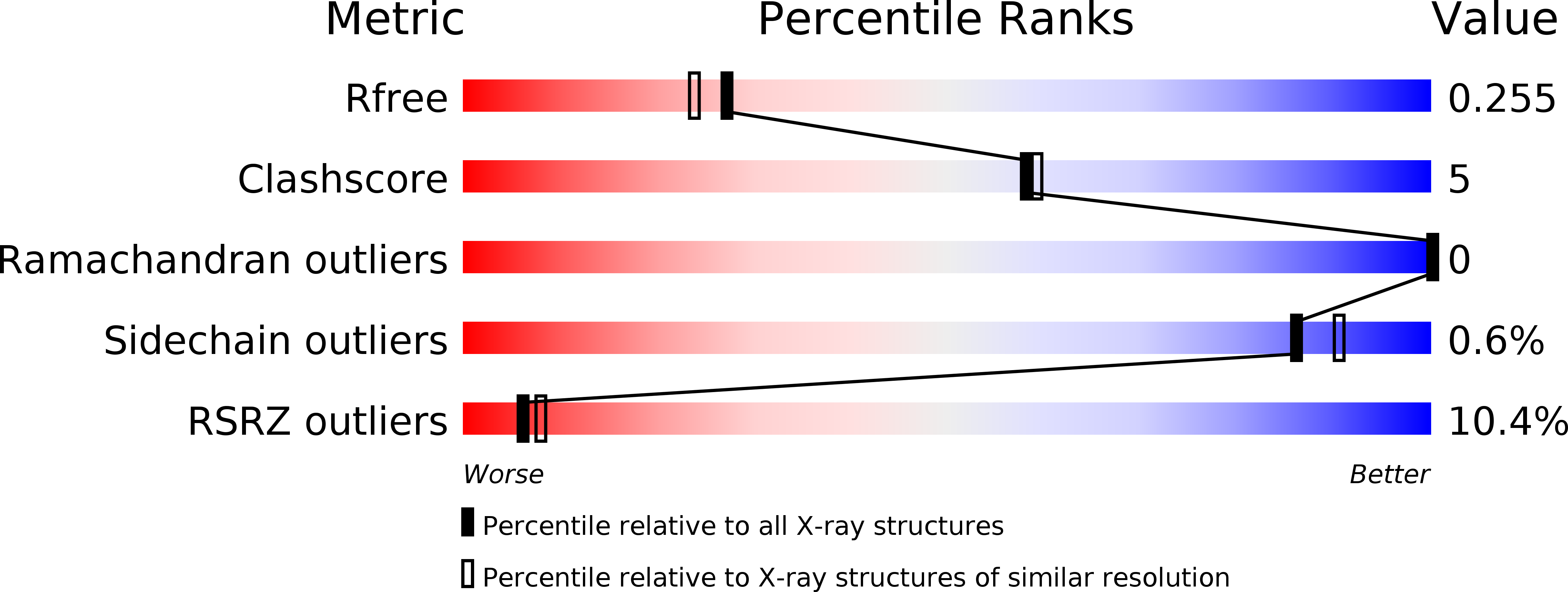
Deposition Date
2011-07-19
Release Date
2011-11-23
Last Version Date
2023-09-13
Entry Detail
PDB ID:
3T04
Keywords:
Title:
Crystal structure of monobody 7c12/abl1 sh2 domain complex
Biological Source:
Source Organism:
Homo sapiens (Taxon ID: 9606)
Host Organism:
Method Details:
Experimental Method:
Resolution:
2.10 Å
R-Value Free:
0.25
R-Value Work:
0.19
R-Value Observed:
0.19
Space Group:
P 21 21 21


